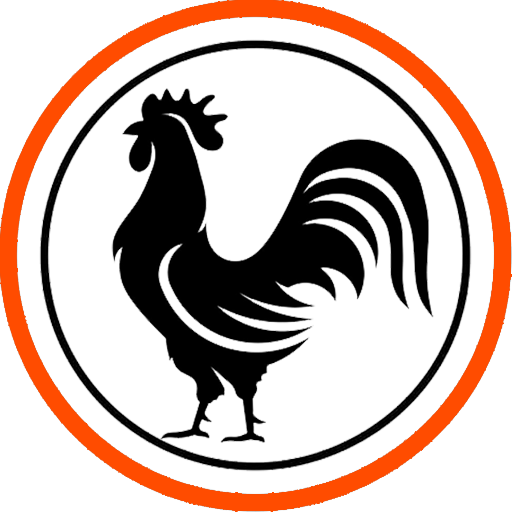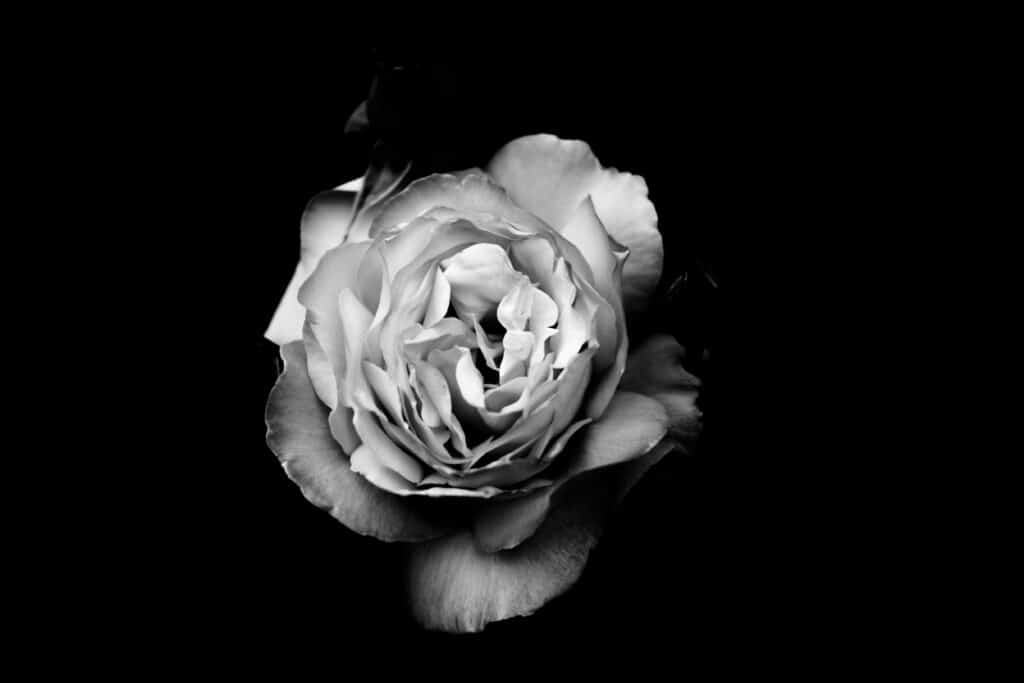Palled by eerie silence, the path I follow is one of broken dreams and a slaughtered soul. My steps echo faintly, lost in the abyss of a world where cries of vehement vanity go unheard, swallowed by the emptiness. Faces, hidden and haunting, linger in the shadows, reminders of memories that never fade. I beg them to stay back, to retreat, but they follow relentlessly, like specters of the past, filling the air with their silent weight.
Endlessly, I fight this war between body and soul—vengeance, illusions, and miseries taunting me at every turn. There are no answers, only the darkness, a void that stretches before me. I long for light, for joy, for freedom. I yearn for ecstasy, but these are mere echoes that never reach my heart. The path I walk is unpaved, vicious, leading me nowhere. It is agony without end, and I know no destiny.
“Slay me,” I whisper to the cruel mysteries that bind me. “Respond to me.” But the unkind clutches of fate refuse to let go. Tragedies scatter in every direction, each more scattered and fragmented than the last. Unspoken answers swirl in the air, slipping through my fingers as if I never deserved to know. I have lost everything—innocence, joy, the bliss of the morn.
I am an infidel, violating the laws of nature, yet I repent in vain. My hopes swivel, twisting and breaking like branches in a storm, and horrifying thunderclaps shake me. Tears of the sky wash over me, frigid detestation soaking through my skin. There is hatred, masked and veiled, but it is not mine alone. Suffering is unveiled in its truest form. Fate has decided for me, decreeing my path without mercy. Palled by eerie silence, the path I follow winds endlessly, a journey of slaughtered souls and broken dreams, lost in the haunting echoes of a life that never was.


